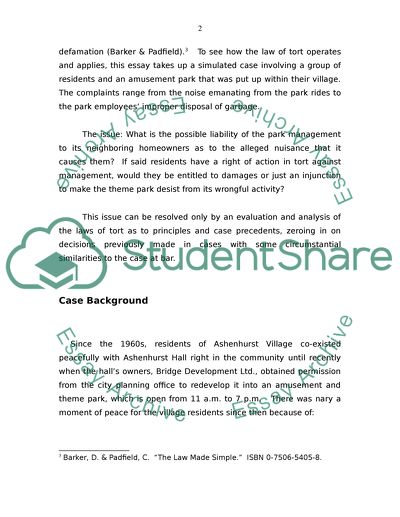Cite this document
(“Homeowners file a tort claim against a theme park Case Study”, n.d.)
Homeowners file a tort claim against a theme park Case Study. Retrieved from https://studentshare.org/law/1506732-homeowners-file-a-tort-claim-against-a-theme-park
Homeowners file a tort claim against a theme park Case Study. Retrieved from https://studentshare.org/law/1506732-homeowners-file-a-tort-claim-against-a-theme-park
(Homeowners File a Tort Claim Against a Theme Park Case Study)
Homeowners File a Tort Claim Against a Theme Park Case Study. https://studentshare.org/law/1506732-homeowners-file-a-tort-claim-against-a-theme-park.
Homeowners File a Tort Claim Against a Theme Park Case Study. https://studentshare.org/law/1506732-homeowners-file-a-tort-claim-against-a-theme-park.
“Homeowners File a Tort Claim Against a Theme Park Case Study”, n.d. https://studentshare.org/law/1506732-homeowners-file-a-tort-claim-against-a-theme-park.


